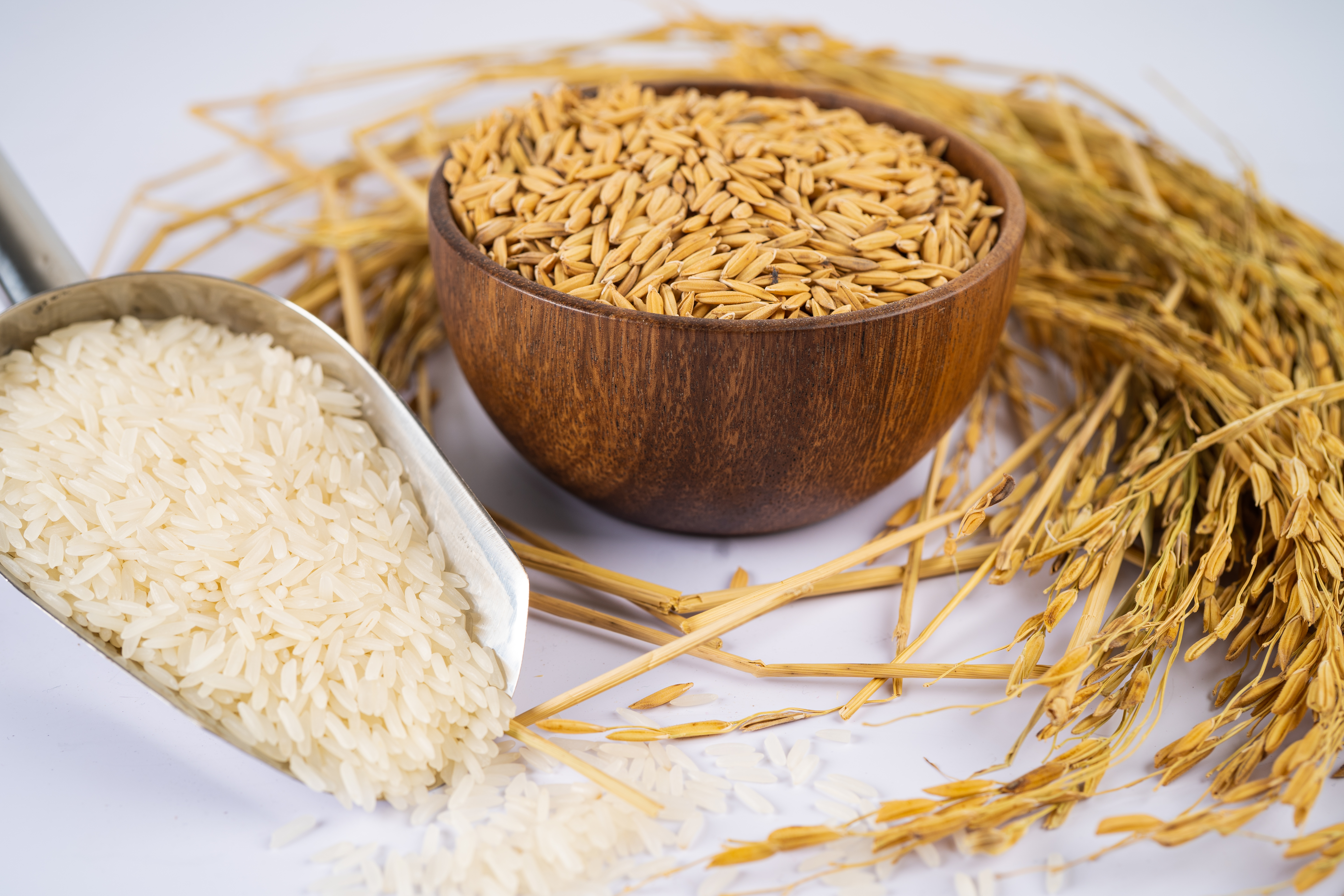Summary: • Heavy metals like arsenic, cadmium and lead are naturally occurring elements commonly found in grains and grain products. These may pose health risks to consumers if consumed in high amounts over time. • While the Government sets food safety standards guided by science and aligned with international standards, the industry can also take steps to reduce the levels of heavy metals in the food that they provide to consumers. |
Heavy metals are naturally present in the environment, and can also be introduced through human activities such as industrial processes. It enters our food supply chain when the animals and plants that we eat come into contact with water, soil and the seabed.

Grains and grain products, such as rice, maize and wheat, tend to accumulate more heavy metals such as arsenic, cadmium and lead during growth. Studies have shown that long term intake of high levels of heavy metals may be associated with health issues. Given that grains and grain products make up a significant portion of the daily diet for many, managing dietary exposure to these contaminants is crucial.

To address this, the Codex Alimentarius Commission has established the maximum limits for heavy metal content in grains. The Singapore Food Agency (SFA) has adopted similar standards for inorganic arsenic in rice, and has also set regulations for the total arsenic and lead content in specific food products (e.g. baby food and infant formula) to protect vulnerable groups.
Even though regulations have been put in place, food safety is ultimately still a joint responsibility. The food industry can play a part in keeping the levels of heavy metals in grains and grain products as low as possible for consumers.
What can the food industry do?
While it is not possible to eliminate naturally occurring heavy metals from our food, here are some ways the industry can help to reduce the levels of heavy metals and provide consumers with safer food options.
1. Careful selection of grains and grain products
- Work with grain producers that adopt clean and sustainable crop cultivation practices, supported with well documented records for quality audits.
- Conduct routine evaluations and testing of incoming grain batches to ensure it is within the regulatory limits for heavy metal content.
2. Good processing techniques when preparing grains for consumption
- Rinse grains with water before use to remove surface contaminants.
- Cook grains in a large volume of water, and discard the excess water after cooking to help reduce heavy metal content.

Food safety is ultimately a joint responsibility. While SFA regularly reviews regulations to keep relevant and stays updated on the latest advancements in food safety, the industry also plays a crucial role by adopting good practices to reduce the risks for consumers. At the same time, consumers should also stay informed and make conscious decisions about the food they eat.
More resources are available at the SFA Risk at a Glance webpage.




